THE GENTLEMAN G.M. GUIDING CINEMA GIANT'S NEW WAVE OF OLD FILMS
 Saturday, February 23, 2019 at 10:03AM
Saturday, February 23, 2019 at 10:03AM For Australia’s 108 year-old exhibition giant EVENT Cinemas, programming screen content beyond the core ‘studio blockbuster’ releases is now a priority. The man in charge of helping to redefine the viewing experience at the chain’s national multiplex locations is Anthony Kierann, General Manager of Film Festivals. The jewel in his crown is the hugely successful In The House retrospective seasons, which have introduced a new generation of filmgoers to such pop culture touchstones as The Dark Crystal, Stand by Me, Scarface, The Thing and Die Hard. The 2019 season of nine films kicks off March 11 with the 1983 Stallone classic, First Blood, and will include the De Niro/Pacino thriller Heat (March 25), Winona Ryder in Heathers (May 27) and the Gen-X teen classic, Pretty in Pink (July 8).
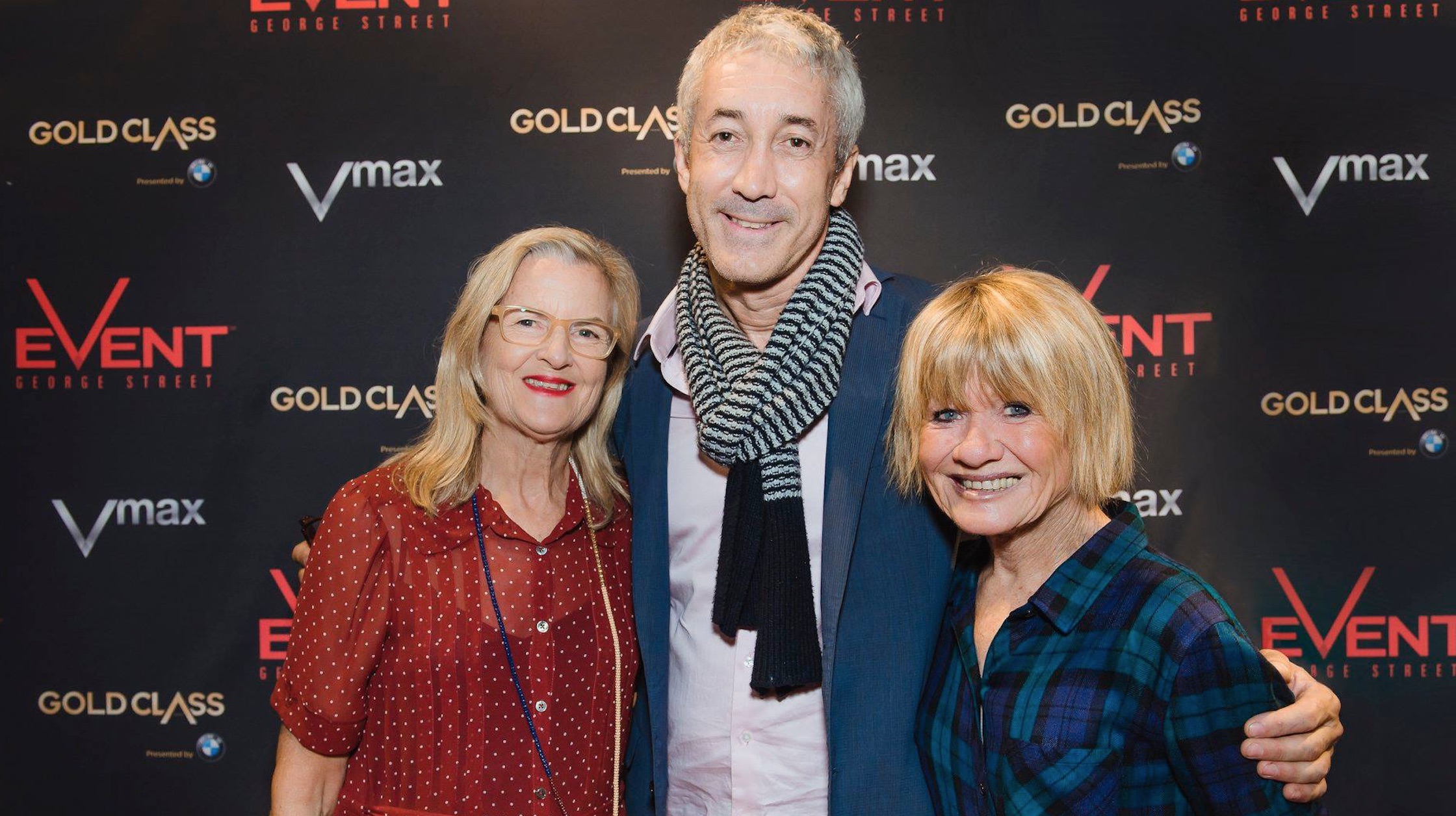
At the Sydney head office of Event Hospitality and Entertainment, the charismatic, passionately film-focused Kierann (pictured, above: with director Gillian Armstrong, left, and critic Margaret Pomeranz) sat with SCREEN-SPACE to discuss his role, the company’s alternative programming objectives and the second season of Hollywood Classics, his retro-strand from cinema’s golden years. Chatting movies as we settle in a meeting room, he observes, “At my age, cinema has enriched my life and given me so much”…
SCREEN-SPACE: What philosophies, as both an EVENT executive and a lover of film culture and programming, do you adhere to in your role?
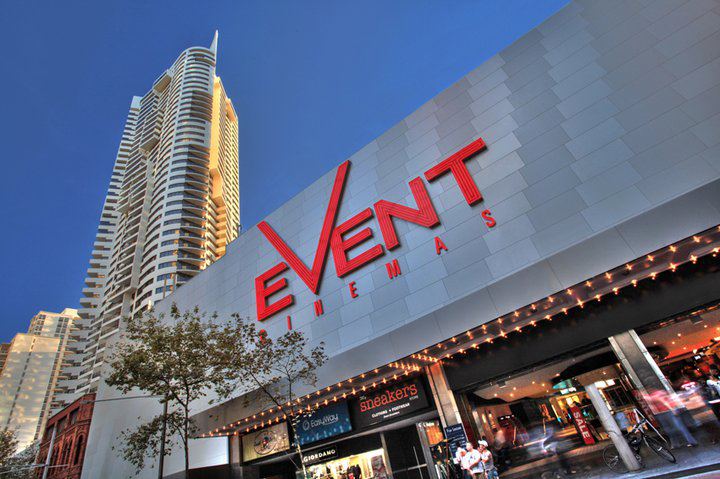 KIERANN: EVENT Entertainment is a company that celebrates big films, the blockbusters, which we are well known for, in auditoriums that provide great sound, great comfort, great imagery. I think it is also important, as part of our goals as an exhibition company, to speak to a generation watching movies today that haven’t seen some of the greatest movies ever made; movies that are part of this company's history. So the challenge was to bring people back to the cinema and celebrate that rare kind of storytelling that [provides] an amazing community experience. Part of our mission statement is to bring more people together for those universal stories that tell us about life. And we know that that experience is not always going to be provided by the films of today. We need to look to the films of the 60s or the 70s where there were different social conditions, revolutionary thinking in reaction to the real world, things that teach people. One of the greatest joys I’ve had is watching families come together – a father bringing a son, a mother bringing a daughter – and saying, ‘You must see this on the big screen.’” (Pictured, above; Event Cinemas George Street site)
KIERANN: EVENT Entertainment is a company that celebrates big films, the blockbusters, which we are well known for, in auditoriums that provide great sound, great comfort, great imagery. I think it is also important, as part of our goals as an exhibition company, to speak to a generation watching movies today that haven’t seen some of the greatest movies ever made; movies that are part of this company's history. So the challenge was to bring people back to the cinema and celebrate that rare kind of storytelling that [provides] an amazing community experience. Part of our mission statement is to bring more people together for those universal stories that tell us about life. And we know that that experience is not always going to be provided by the films of today. We need to look to the films of the 60s or the 70s where there were different social conditions, revolutionary thinking in reaction to the real world, things that teach people. One of the greatest joys I’ve had is watching families come together – a father bringing a son, a mother bringing a daughter – and saying, ‘You must see this on the big screen.’” (Pictured, above; Event Cinemas George Street site)
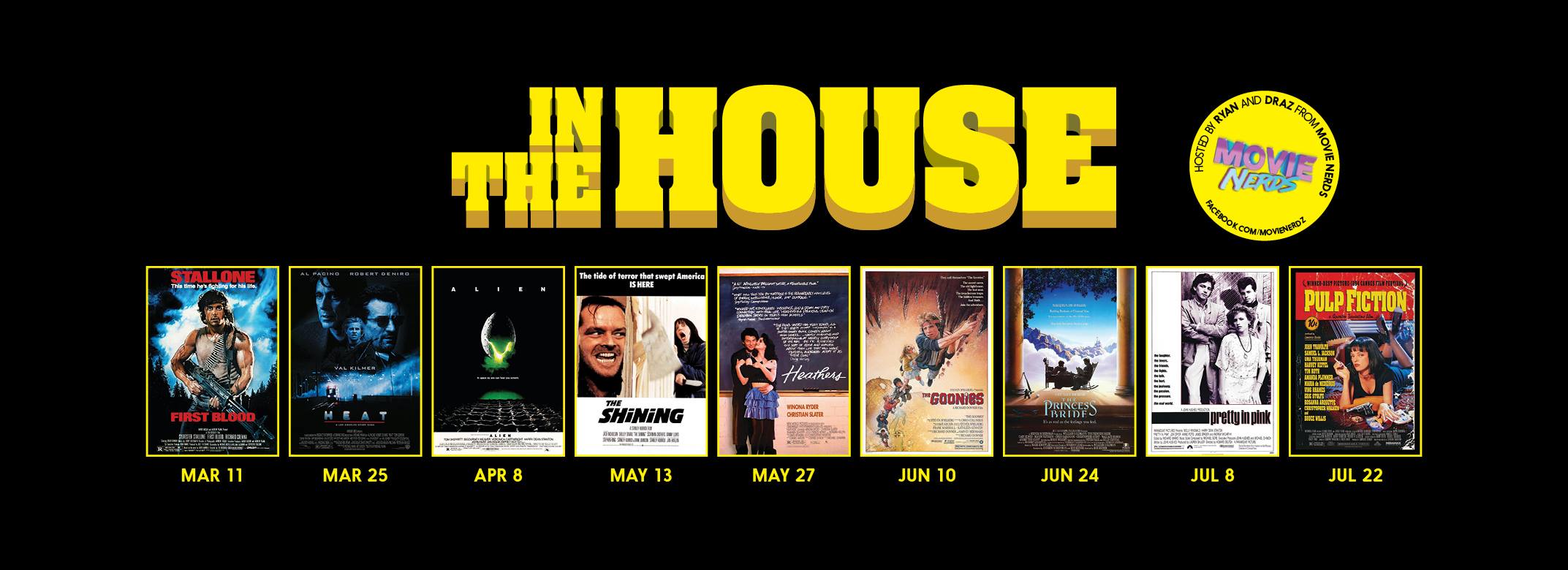
SCREEN-SPACE: There is no denying that the retrospective seasons, while servicing the film buff, also serve to re-energise audience demographics that don’t go to the movies that much…
KIERANN: Absolutely, 100%. We have a series of obligations. One, as a business, we need to bring people back to the cinema, to be commercially viable. We need to come up with as many ways possible to get patrons back in our theatres, patrons who won’t come out for the next huge Disney or Roadshow film. So, yes, retrospectives play that function, but it has to be about more than just bringing old films back. It is bringing them back in a manner that celebrates them, be that by our hosting, the theming, the key artwork, social media messaging; components that celebrate those stories. Our programming needs to be eclectic, so that it serves both our commercial needs and the greater social role that film and film-going still plays. We do that through not just the retrospective programming but also the film festivals we host, those celebrations of film culture that I think are so important.
SCREEN-SPACE: In The House celebrates pop-culture titles, which in retro-cinema terms means programming beloved but often-revived films like Alien (April 8) and Pulp Fiction (July 22). Are there plans for more esoteric, little-seen film classics?
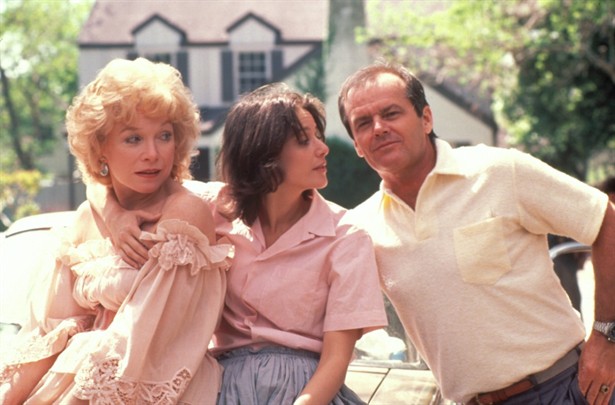 KIERANN: When we’ve built an established audience that knows we are programming diverse material, we’ll do that, but we have to build that audience. The ‘pop culture’ themed In Your House sessions are a great way for us to tap into the ‘Event audience’. So that when we do program a Jim Jarmusch film, let’s say, or some very early Scorsese or De Palma work, which is a dream of mine, we are in a position where the audience has been primed for that sort of programming and we can launch with confidence. The way we move forward to that stage is via a program like Hollywood Classics, which we started last year. Our second season will feature 12 Angry Men, The Red Shoes, Calamity Jane The Apartment, Terms of Endearment (pictured, right), those kinds of films, which I think lead us down the path of more thought-provoking, character-driven cinema. It is a sensitive, moderate way for us to step towards a deeper, film-history focussed retro-program. That is certainly my vision.
KIERANN: When we’ve built an established audience that knows we are programming diverse material, we’ll do that, but we have to build that audience. The ‘pop culture’ themed In Your House sessions are a great way for us to tap into the ‘Event audience’. So that when we do program a Jim Jarmusch film, let’s say, or some very early Scorsese or De Palma work, which is a dream of mine, we are in a position where the audience has been primed for that sort of programming and we can launch with confidence. The way we move forward to that stage is via a program like Hollywood Classics, which we started last year. Our second season will feature 12 Angry Men, The Red Shoes, Calamity Jane The Apartment, Terms of Endearment (pictured, right), those kinds of films, which I think lead us down the path of more thought-provoking, character-driven cinema. It is a sensitive, moderate way for us to step towards a deeper, film-history focussed retro-program. That is certainly my vision.
SCREEN-SPACE: Event George Street is equipped for Digital Cinema Package, or DCP projection, correct? Has that dictated the films you screen?
KIERANN: We screen everything on DCP, so there have been some programming choices we haven’t been able to screen. We’ve tried to screen from Blu-ray before, but had issues; a session of the anime classic Akira had a line thru the image that we had no control over, so after that we decided on DCP or not at all. We have a responsibility to our audience to screen the best version of a film we can. So we speak to the distributors and try to convince them to convert to and provide DCPs, which is when everyone looks at things fiscally and decisions are made. But there are 100s of films I’d love to screen that I’ve lined up well into the future.
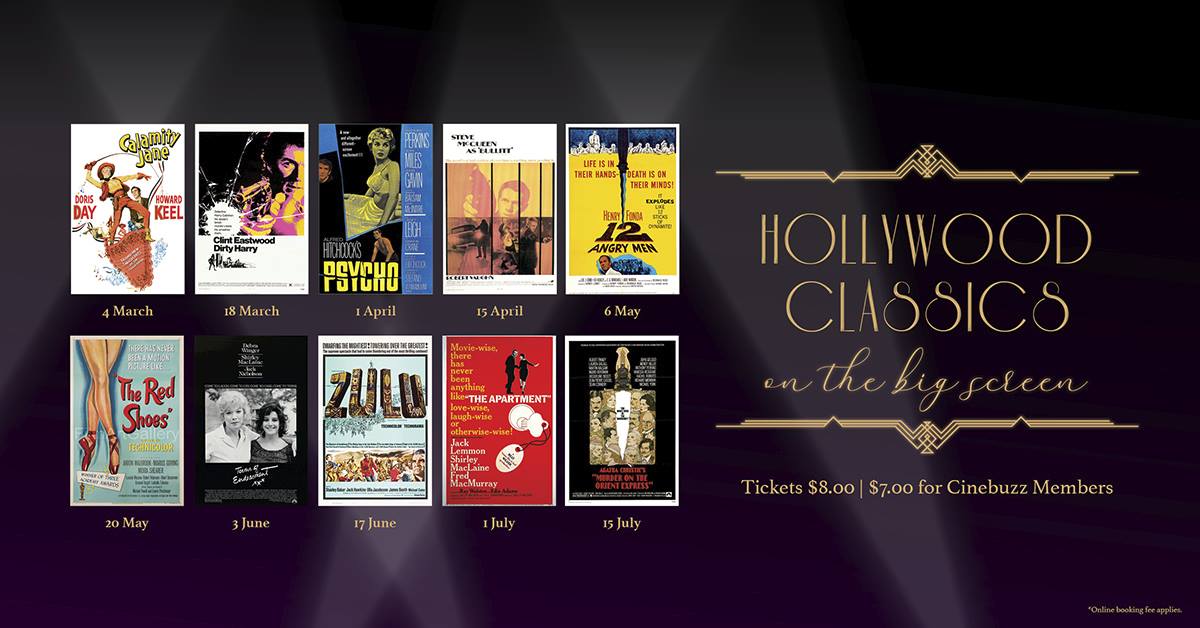
SCREEN-SPACE: For years, Sydney had a great revival-screening culture at sites like The Mandolin or The Valhalla at Glebe. Is part of your role to reposition the George Street centre as a new mecca for nostalgic film buffs?
KIERANN: We are definitely undertaking a process to reposition the George Street complex as more than just the home of the latest blockbuster, absolutely. We need to be competitive, it’s as simple as that. That’s the landscape; if we don’t do it, people will go to see the alternative films at Palace or The Chauvel. What’s interesting is that where [Palace and Dendy] owned that space many years ago, they now screen the latest blockbusters. We’re engaged in this balancing act; everyone knows that there is a wider need for a greater range of films than ever before. We think we are exhibiting a willingness to be business savvy, to realise the needs of the audience, and the immensely successful In The House sessions speak to that. The Hollywood Classics had an incredible launch last year, so a second season was assured. And further to your question, George Street is our Sydney base, but the In Your House programming is playing at around 30 sites nationally, which is very exciting for us.
Event Cinema's 2019 HOLLYWOOD CLASSICS Program begins March 4 with the Doris Day classic, Calamity Jane; IN THE HOUSE 2019 sessions launch March 11. For full ticketing and session details go to the Event Cinemas website.
 Australian Film,
Australian Film,  Exhibition,
Exhibition,  Film Festival
Film Festival 



